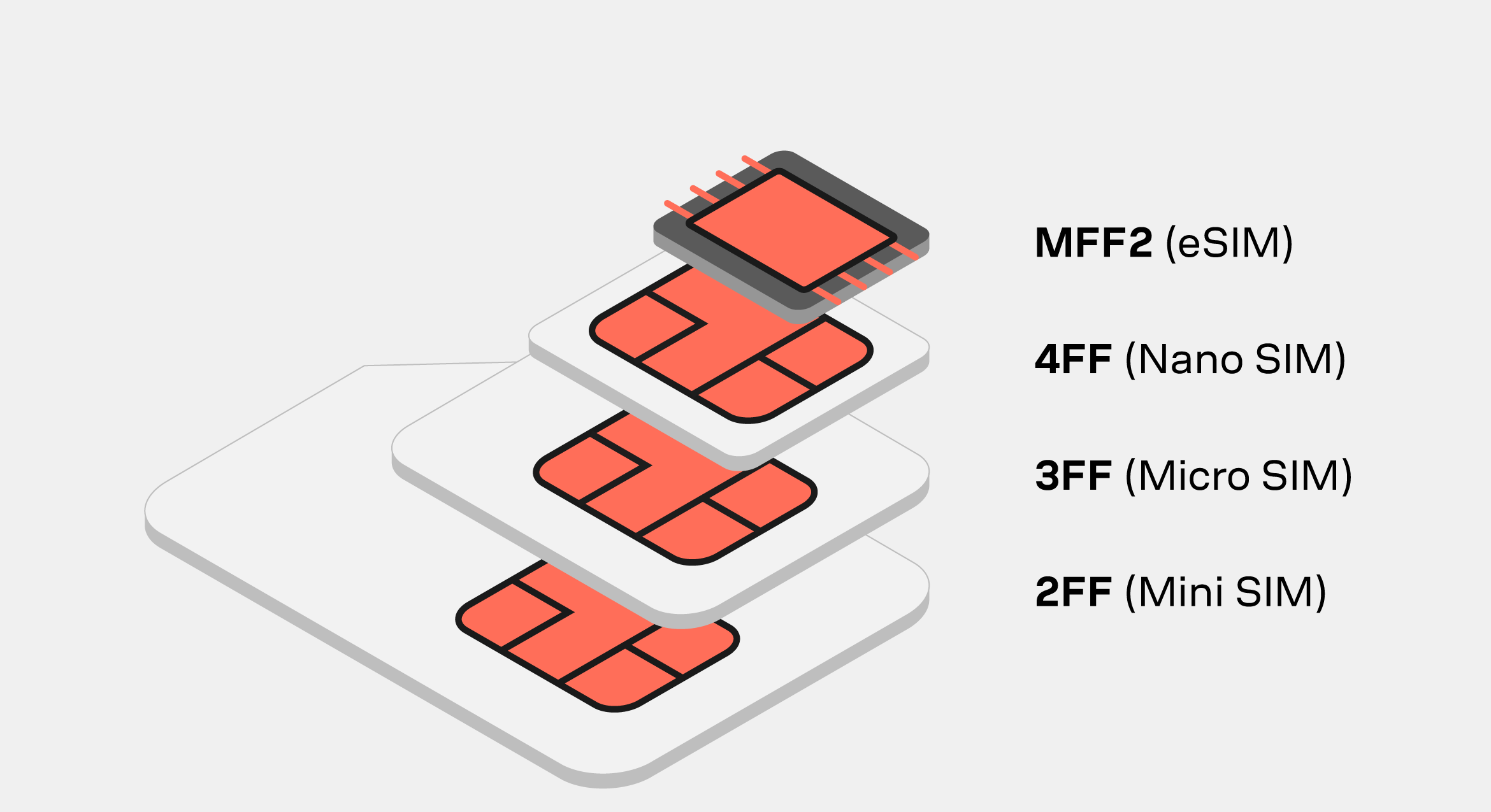
It’s hard to imagine life without mobile connectivity. From booking flights to video calling loved ones, the SIM card has quietly powered our connected world for over 30 years. But now, a new era has begun — the eSIM (embedded SIM).
Before diving into its history, many users still ask what an eSIM is and why it matters today. Simply put, an eSIM is a built-in digital SIM that lets you activate mobile service without inserting any physical card — a major shift from the early days of mobile technology.
To understand why eSIMs matter so much, it helps to look back at how we got here.
At first, SIMs were credit card–sized, but over time they shrank into mini, micro, and eventually the nano SIM we use today.
While SIM cards revolutionized connectivity, they also came with limitations:
As technology advanced, the need for a more flexible, digital alternative became clear.
Unlike physical SIMs, eSIMs are built into devices and activated digitally. That means:
As eSIM adoption grew, users also found it easier to activate eSIM on Android phones, thanks to simplified setup screens and travel-friendly activation apps.
For international travelers, this shift is massive:
At Roamvy, we’ve embraced the future of connectivity:
Why did SIM cards get smaller over time?
To save space inside devices for batteries, cameras, and other components. eSIM takes this a step further by eliminating the need for a slot altogether.
When did eSIM first appear?
Around 2016, smartwatches began to spread, then smartphones and tablets.
Will eSIM completely replace SIM cards?
Yes — with devices like the iPhone Air now launching worldwide as eSIM-only, the transition is accelerating.
The evolution from SIM to eSIM reflects a bigger trend: making connectivity faster, simpler, and borderless. From bulky cards in the ’90s to invisible, digital profiles today, mobile technology has come a long way.
At Roamvy, we’re proud to be part of this transformation — making sure travelers everywhere enjoy the benefits of the digital era. Wherever you roam, stay connected.
Ready to experience the next chapter of connectivity?